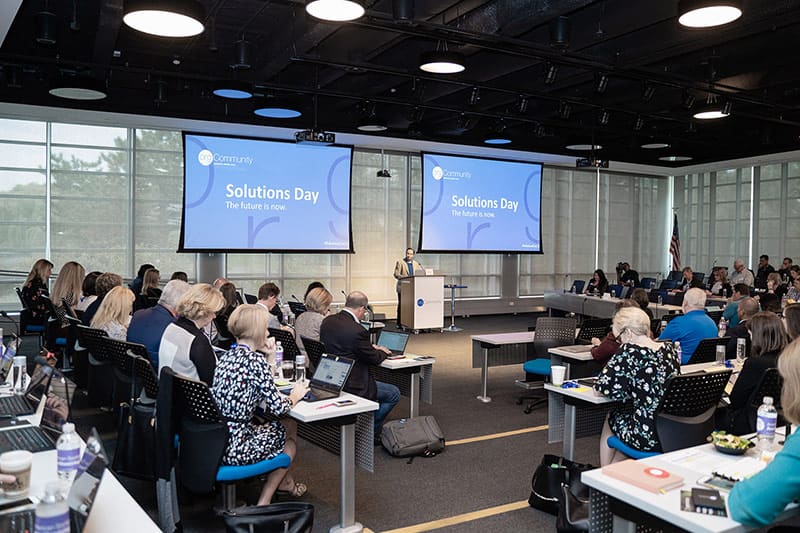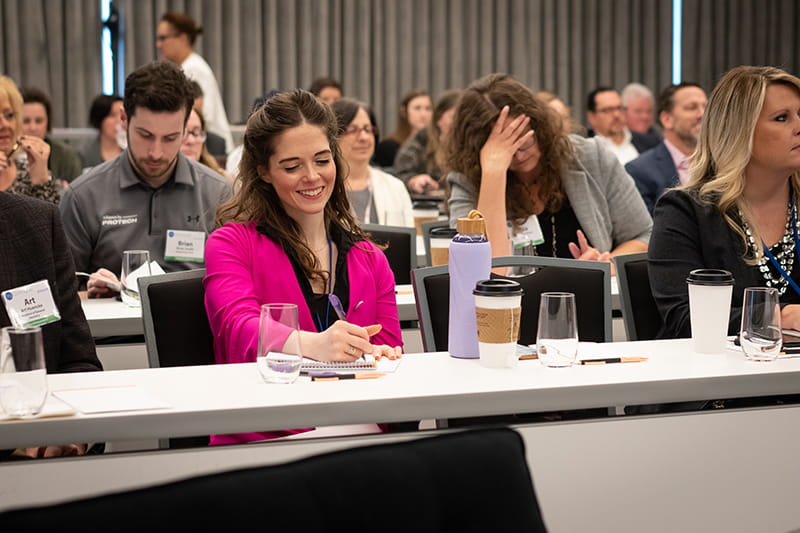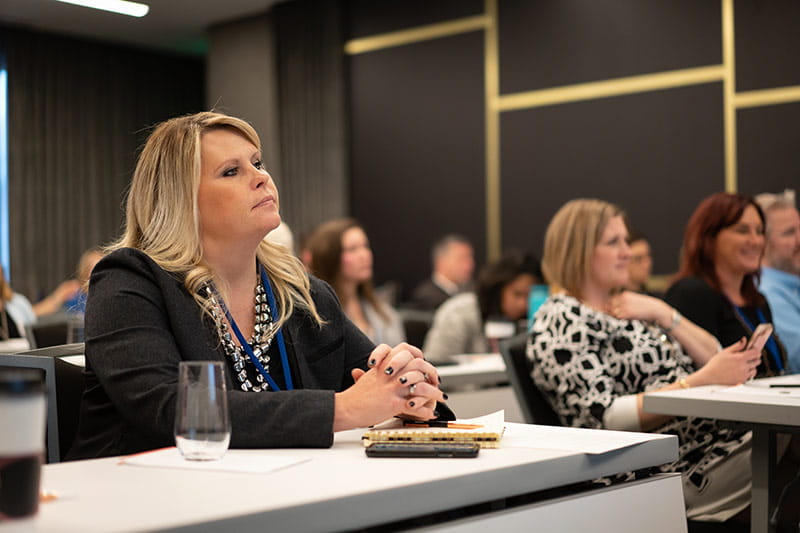
A genuine leader is not a searcher for consensus but a molder of consensus.
-Martin Luther King
This quote from Martin Luther King defines what great association leaders do best. By promoting a culture that supports working together toward common goals, they create an environment where consensus happens.
A consensus-friendly culture might seem more like a utopia than a real-life possibility, especially these days. Getting a group of diverse people on the same page is not easy. When difficult decisions must be made quickly the challenge is even greater. A remote work environment only adds complexity.
The current situation is not likely to change soon, and the decisions aren’t getting easier. Even a fundamental question like when and how it will be safe to go back to the office is fraught with conflict. Younger employees are eager to get away from annoying roommates or a bedroom workspace, whereas older staff, worried about passing the virus to others in the family, may be adamantly opposed to reentry. Members may or may not understand why this decision is so difficult.
Work is not a democracy, and the boss is free to hand down an edict. As much as a love-it-or-leave-it style simplifies the decision-making process, it sacrifices a unified team. Unresolved conflict lives on to fester and cause future problems. What can leaders do to help everyone get on the same page? As I’ve done in previous posts, I’m going to use examples from some of the executives we interviewed for our Association 4.0 Books, Positioning for Success in an Era of Disruption and An Entrepreneurial Approach to Risk, Courage and Transformation, to illustrate several of these points.
Know What You Are Trying to Achieve
Consensus does not mean that you are going to turn the Hatfields and McCoys into best friends. There may be employees who are not happy about returning to the office, but everyone should understand why and how that decision was made. There should be agreement that the best effort to address the needs of all stakeholders was a priority and that the decision was the right choice to move the organization’s goals forward.
Focus on Values
A group that rallies around a common vision is more likely to put aside self-interested objections. It’s the leader’s responsibility to keep everyone’s eyes on that prize. When I interviewed Sandy Marsico, CEO of Sandstorm Design, for our book, she described an aha moment:
“Ten years ago, I woke up one morning and realized that I didn’t want to go to work. I kept asking what was wrong with my staff, and I realized that they were not the problem, it was my fault. I thought I could lead by example, and I understood that was not enough.
“I called a staff meeting. The agenda was The Best Company You’ve Ever Worked For. We had note cards and a big whiteboard. We posted and recorded everyone’s ideas. I promised the group that I would make our vision reality. But I also told them that the unproductive behavior had to stop. It was a successful bargain. Our values grew out of that meeting. They are each important, but the warrior spirit is our defining characteristic. Being a warrior means that we are all in this together. No one is left behind.”
Marsico’s experience demonstrates that a leader who turns work into community also begins to mold consensus.
Listen Broadly

If the goal is to achieve what is best for the group, all sides of the argument need to be heard—especially the dissenters. Tim and Meg Ward, Co-Founders of Gravitate Solutions, discussed the value of careful listening in their interview. Tim said: “The importance of being a good listener is one of the things I’ve learned that is not so obvious. As an engineer, I’m trained to solve problems. I’ve discovered I need to stifle the impulse to rush to a solution. In situations where there is disagreement, it’s best to wait until everyone has had their say. If you try to force a solution, people become defensive or withdraw.”
The Wards promote creativity and innovation by creating a culture of openness. “We strive for no drama and no ego,” says Tim. “We encourage everyone to speak their mind and to identify what is not working. It’s a good strategy for getting engagement and buy-in.”
Dialogue is more challenging around a virtual table. It’s easy for people to opt-out of the discussion or to refrain from sharing controversial opinions. However, in a remote environment, authentic communication is critical. If you want to develop a consensus-friendly culture, take time for one-on-one conversations with members of your team, hear their opinions, and respond thoughtfully. There are CEOs for whom this type of candid interaction is difficult. But connecting with employees on a personal level builds the much-needed trust and respect for consensus to grow.
Stay Objective
It’s great to see more associations using tools like scenario planning and decision trees. These data-driven strategies help to build consensus by eliminating personal bias from the deliberation process. Data is every consensus builder’s best friend. An outside facilitator can add another layer of objectivity in addition to specialized expertise.
Lately, I’ve had several conversations with meeting planners who are struggling with implementing virtual events. Their problems are centered less on logistics than on communication. Organizing a virtual event comes with the same challenges as any other type of software rollout. In fact, cooperation must extend well beyond the staff. Speakers, sponsors, and participants must buy into the process before they can become successful users. A consultant can be a consensus builder who fosters the broad-based cooperation and communication needed to get everyone comfortable with their roles in this and other types of new initiatives.
Be Inclusive
A sense of ownership provides compelling motivation to resolve personal objections in favor of a solution that benefits the group. CEOs who cultivate consensus automatically create inclusion. By fully engaging employees in the decision-making process, they strengthen their organizations and make themselves more effective leaders.
Read interviews with Sandy Marsico and Meg and Tim Ward in Association 4.0: An Entrepreneurial Approach to Risk, Courage, and Transformation.
As a leader in digital transformation, .orgSource can position your association for success now and in the future. Click here to schedule a short consultation with me. I am always eager to meet new colleagues.


